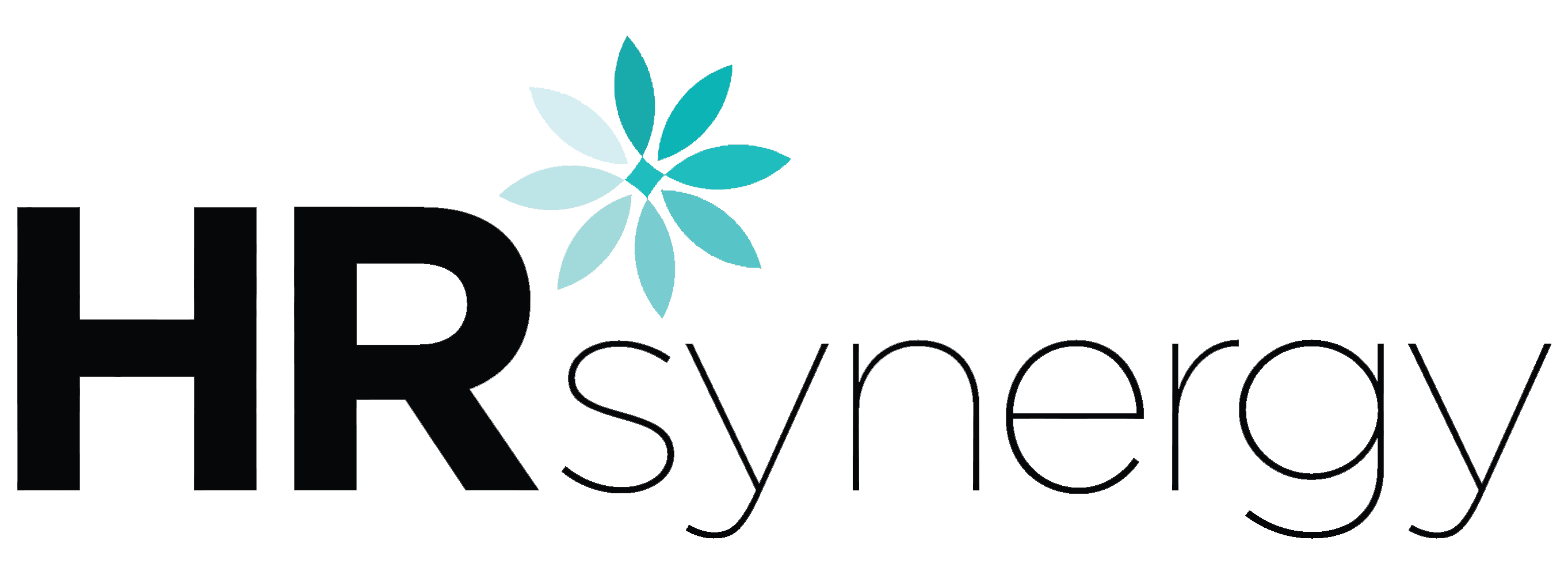Is Your Compensation Package Competitive?
A company-wide compensation analysis may sound like a lot of effort, but it’s a good practice for employers to periodically review all positions throughout their organization. This helps ensure they are offering competitive wages for attracting and retaining employees.
More Than Money
Compensation isn’t just about wages. Paid time off, health benefits, even stock shares are all things that make up the benefits that attract and retain employees. Some industries, like business and finance, are going to be more competitive with compensation than others, such as nonprofits and healthcare. A compensation analysis helps employers gain an understanding of an appropriate compensation package to attract and retain key employees.
Many think that money is the biggest factor in employee retention, but that simply isn’t the case. While wages and hours worked are crucial to an employee’s happiness, about 88% of employees leave for reasons beyond the paycheck. Making sure employees feel valued, appreciated, and taken care of is essential to keeping them happy in their jobs.
Finding the balance between competitive wages, benefits and proper compensation for the value of an employee’s work is hard to do. When good workers feel valued for their work, they are more likely to stay. If they don’t, high qualifying jobs go to less qualified, lower-quality workers. Employers often invest a lot of time and resources on employees that are not quite at the right level. Good employees will not stay long if they don’t feel valued and are not paid fair wages for their work.
Compensation Analysis as a Retention Tool
An annual or bi-annual compensation analysis, which incorporates salary surveys and salary benchmarking, is an invaluable retention tool. This will help show if your company is paying its employees fair and competitive wages while taking into consideration the responsibilities they are carrying out.
Compensation Analysis Services
A thorough compensation analysis helps you attract, retain and engage the best people in the most cost-effective way possible. Not sure where to start? Contact the professionals at HR Synergy today.



